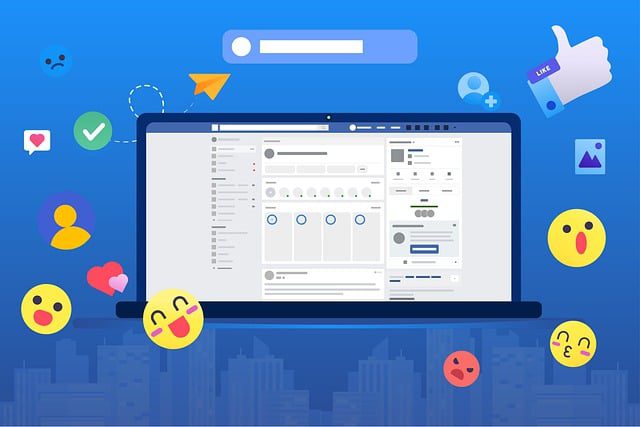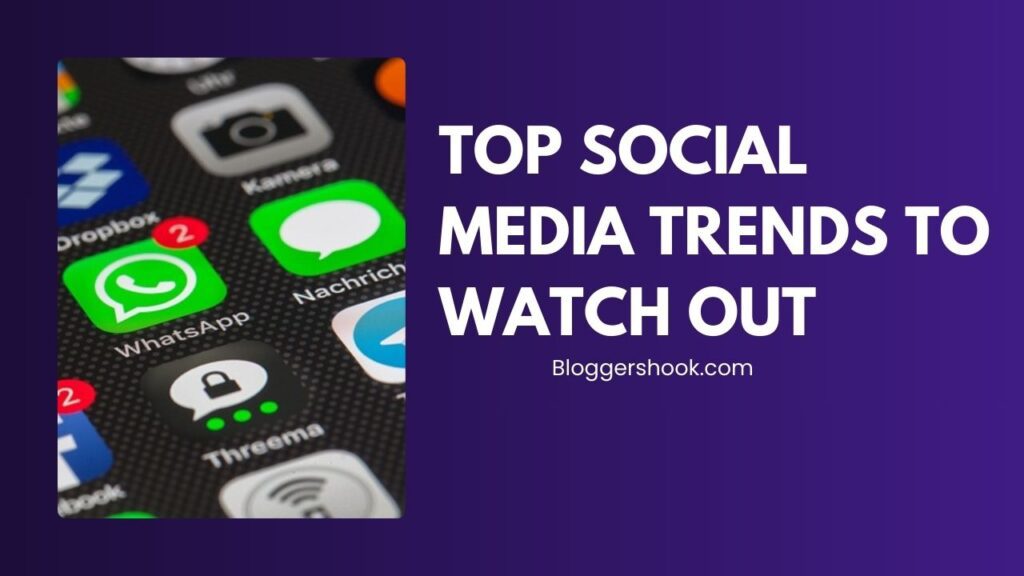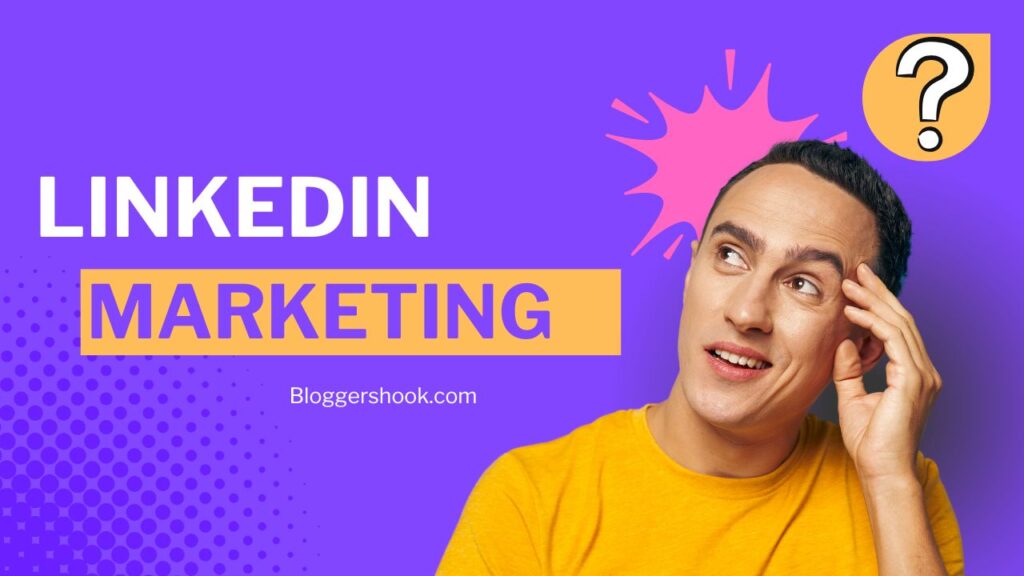Facebook remains one of the most powerful social media platforms for businesses, with over 2.9 billion monthly active users. Whether you’re a small startup, a growing brand, or an established enterprise, leveraging Facebook effectively can help you connect with your audience, increase brand awareness, and drive sales. This guide will walk you through everything you need to know about using Facebook for your business.

1. Create a Business Page
A Facebook Business Page is the foundation of your brand’s presence on the platform. Here’s how to create one:
- Go to Facebook Business
- Click Create a Page
- Choose your business category (Local Business, Brand, Organization, etc.)
- Enter your business details: name, address, phone number, website, and other relevant information
- Upload a high-quality profile picture (your logo) and a cover photo (a branded image that represents your business)
- Fill out the About section with a compelling business description
- Add a Call-to-Action (CTA) button, such as “Shop Now,” “Contact Us,” or “Sign Up”
2. Optimize Your Page for Engagement
Once your Business Page is set up, make it engaging and informative:
- Update Your Business Information: Keep your address, phone number, and website up to date.
- Enable Messaging: Allow customers to reach out via Messenger.
- Use a Username: Create a custom username (e.g., @YourBusinessName) to make it easier for people to find you.
- Add Tabs and Features: Customize your Page with tabs like Services, Shop, or Reviews based on your business type.
- Pin Important Posts: Pin a key post (e.g., promotions or announcements) to the top of your Page.
3. Create and Share Engaging Content
Content is the key to success on Facebook. Here’s what works best:
a) Types of Content
- Images and Graphics: High-quality visuals grab attention. Use branded graphics, behind-the-scenes photos, or product shots.
- Videos: Facebook prioritizes video content. Share product demos, tutorials, testimonials, or live videos.
- Stories: Facebook Stories disappear after 24 hours, making them great for time-sensitive promotions and behind-the-scenes updates.
- User-Generated Content (UGC): Encourage customers to share their experiences and feature their content on your Page.
- Polls and Questions: Engage your audience with interactive content.
- Articles and Blog Posts: Share informative content related to your industry.
b) Posting Frequency and Timing
- Post 3-5 times per week to stay active without overwhelming your audience.
- Use Facebook Insights to find the best time to post based on when your audience is most active.
- Experiment with different types of posts to see what resonates best with your followers.
4. Leverage Facebook Groups
Creating or participating in Facebook Groups can help you build a community around your brand.
- Join Industry-Specific Groups: Engage in discussions and provide value without overly promoting your business.
- Create a Branded Group: Build a space where your customers can connect, ask questions, and share experiences.
- Engage Regularly: Post helpful tips, answer questions, and start conversations to maintain an active presence.

5. Utilize Facebook Ads
Facebook Ads are a powerful tool to reach a targeted audience. Here’s how to get started:
a) Types of Facebook Ads
- Image Ads: Simple and effective for brand awareness.
- Video Ads: More engaging than static images.
- Carousel Ads: Showcase multiple images or products in a single ad.
- Slideshow Ads: Lightweight video-like ads using multiple images.
- Lead Generation Ads: Collect customer contact information through forms.
- Messenger Ads: Reach users directly in Messenger.
b) Setting Up an Ad Campaign
- Go to Facebook Ads Manager
- Click Create and choose an objective (Awareness, Consideration, or Conversion)
- Define your target audience (demographics, interests, behaviors)
- Set a budget and choose between daily or lifetime spending
- Select ad placements (Facebook News Feed, Stories, Messenger, etc.)
- Design your ad with compelling visuals and copy
- Monitor performance using Facebook Insights and adjust as needed
6. Use Facebook Insights to Track Performance
Facebook Insights provides valuable data on how your content is performing. Key metrics to track include:
- Reach: The number of people who saw your content.
- Engagement: Likes, comments, shares, and clicks.
- Page Views: How many people visited your page.
- Follower Growth: How many new followers you gain over time.
- Post Performance: Which types of content are most engaging.
Use this data to refine your strategy and improve your Facebook marketing efforts.
7. Engage with Your Audience
Building a community requires active engagement. Here’s how to do it effectively:
- Respond to Comments and Messages Promptly: Show your audience you care about their interactions.
- Ask Questions: Encourage discussions and get to know your audience.
- Acknowledge Feedback: Whether positive or negative, respond professionally and constructively.
- Go Live: Host live Q&A sessions, product launches, or behind-the-scenes tours.
8. Implement Facebook Shopping
If you sell products, Facebook Shops can turn your page into an online store.
- Set Up Your Shop: Add your product catalog and set up checkout options.
- Tag Products in Posts: Make it easy for users to shop directly from your content.
- Run Special Promotions: Offer exclusive deals to Facebook followers.
9. Collaborate with Influencers and Partners
Working with influencers can help expand your reach.
- Find Relevant Influencers: Look for individuals who align with your brand values.
- Run Collaborations: Host giveaways, co-create content, or have influencers review your products.
- Leverage Facebook’s Brand Collabs Manager: Connect with verified creators to boost visibility.
10. Stay Updated with Facebook Trends
Facebook’s algorithm and features evolve regularly. Stay informed by:
- Following Facebook Business Blog
- Joining Facebook marketing groups
- Experimenting with new features like Reels, Live Shopping, or Augmented Reality Ads
Conclusion
Using Facebook effectively for business requires a mix of strategy, content creation, advertising, and community engagement. By optimizing your business page, posting engaging content, leveraging ads, and actively interacting with your audience, you can maximize your brand’s presence and drive growth. Start implementing these strategies today and watch your business thrive on Facebook!


